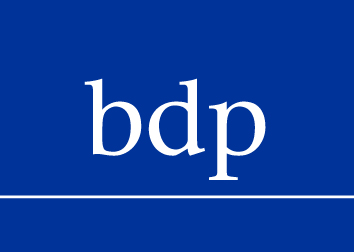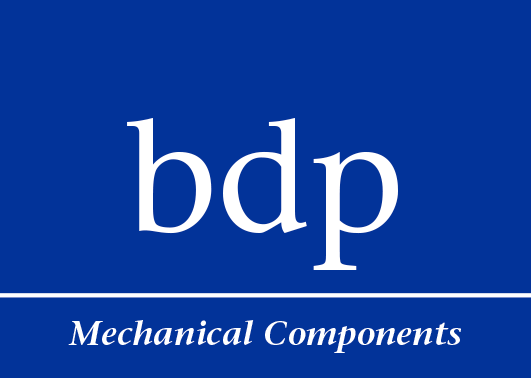Newsletter Octubre 2022:
By: Sebastian Thiele
A modern purchasing department is a driver of innovation for the company and contributes significantly to value creation
The demands on modern purchasing have changed considerably in recent years, especially due to Corona and political tensions. Not only the technical possibilities through the use of modern media have significantly changed the activities in purchasing. The demands on the person of the buyer have also become noticeably more complex. In this article, we want to analyze the change in purchasing organizations from a pure procurement department to a modern supply chain management and take a closer look at associated changes in the company.
What is Supply Chain Management? Do we need that?
In many medium-sized companies today you will find «Purchasing Department», which are headed by a «Purchasing Manager» and operate a so-called «Supply Chain Management». But is this more than a presentation?
In fact, in group companies and large medium-sized companies, these terms are not only used to spread an international charisma. No, new names are used here for known facts. Rather, these terms express a change, namely that of the classic buyer to the networker, who actively influences the entire value chain of the company.
Globally networked interdisciplinary purchasing structures have existed in modern organized companies for many years, which actively influence the entire value chain from the procurement of raw materials to processing in the individual production stages to the delivery of the products to the end customer.
Shadow existence of purchasing
Unfortunately, this understanding of value-added purchasing that operates «real supply chain management» is not found in most small and medium-sized companies. Here, procurement often still leads an existence in the shadow of sales or production departments: Buyers often say: «We feel just like a fifth wheel here anyway. If everything goes well, we’ve just done our job. If something goes wrong, we’re the stupid ones.” This statement is indicative of the importance of purchasing in many companies and the resulting feeling of demotivation among many employees in the purchasing departments. Most company leaders fail to recognize that purchasing is by far the largest expense item, especially in manufacturing companies with not unusual material cost rates of 40, 60 or more percent. Saving just a few percent can have a significant impact on the result.
Increase in profits through purchasing
A simple example can clarify this: Suppose a company has an annual turnover of 10 million euros. With a cost of materials of 50 percent (5 million euros), it generates a return of 5 percent (500,000 euros). If the entrepreneur now wants to generate 50,000 euros more profit, he must achieve an increase in sales of 10 percent or 1 million euros. However, it can also achieve the same result by reducing purchasing costs by just 1 percent.
To do this, however, it is absolutely necessary to give purchasing the status it deserves and to actively promote this upgrading as a «top-down process». With the help of modern media, a modern ERP system, active networking within the company and last but not least, with well-trained and highly motivated employees, the purchasing department can become an innovation driver for the company and thus contribute significantly to its added value.
The question arises as to how this can also be achieved in small and medium-sized companies. One thing is clear: no medium-sized company can afford purchasing departments with 30, 40 or more buyers. Many have to make do with one, two or three buyers. Nevertheless, with the appropriate organization and integration of the purchasing department into the company’s processes, considerable potential can be leveraged.
Complex requirements for a modern buyer
First of all, it is important to understand the buyer as a real and full partner. He is not only the “price pusher” and “order writer”. The expectations and demands placed on buyers are much more complex today. In addition to usually commercial training, and even a degree in business administration, a modern buyer must demonstrate special knowledge and skills. These include in particular:
- Technical knowledge
- Controlling knowledge
- IT experience
- Negotiation skills
- Social skills
- Knowledge of quality management
- Knowledge of international markets
In addition, mastery of at least one foreign language (usually English) is mandatory.
Finding such qualified employees is very difficult for many companies, especially since there is no classic purchasing training. In many cases, medium-sized companies, in particular, have to recruit appropriately qualified employees over many years. It is all the more annoying when they turn their backs on the company because of dissatisfaction with their job, a lack of recognition, and poor pay. Purchasing and supply chain management in particular offer a very large and interesting field with varied development and design opportunities.
The buyer as a networker
In addition to classic procurement tasks, today, more than ever, buyers assume the position of a networker inside and outside the company. Especially now, in times of rising energy prices and transport costs.
The buyer is not just the link to well-known and proven suppliers. Today he independently carries out extensive market analyses in Germany and abroad within the framework of the required parameters. As a kind of «innovation scout», he collects ideas and innovations on the market during his research, for example on the Internet, at trade fairs or specialist forums, and transmits them to the company’s specialist departments.
Purchasing has a direct influence on all cost areas
In addition to classic quality assurance, buyers also play a leading role in the support and development of suppliers. It’s not just about looking after a little supplier and a few visits to have a nice cup of coffee. As part of the increasing focus on core processes, many companies no longer buy individual parts and then carry out the entire production process themselves. Rather, complex assemblies or services are outsourced to suppliers. This process places far greater demands on the buyer, who, in addition to “merely lowering prices and ordering”, is also increasingly taking on the tasks of overall control of the suppliers in quantitative, qualitative and legal terms.
With his activity, the buyer directly influences all cost areas within the value chain inside and outside the company. He actively controls the working capital management and the liquidity flows and contributes to the optimization of the financial supply chain and, thus, the profitability of the company.
In order to always do justice to this central function, the buyer is increasingly in demand as a controller. Because only those who know the economic situation of the company and regularly check it using measurable key figures (KPI – Key Performance Indicator) can identify problems in good time and counteract them with targeted measures. Defining these measurable values repeatedly causes particular difficulties for many companies. In addition to general key figures from the balance sheet customer, very soft key figures that are difficult to grasp or influence or even meaningless are often used for performance.
Please feel free to contact us at any time. We will be happy to support you (info@bdp-mc.com).


